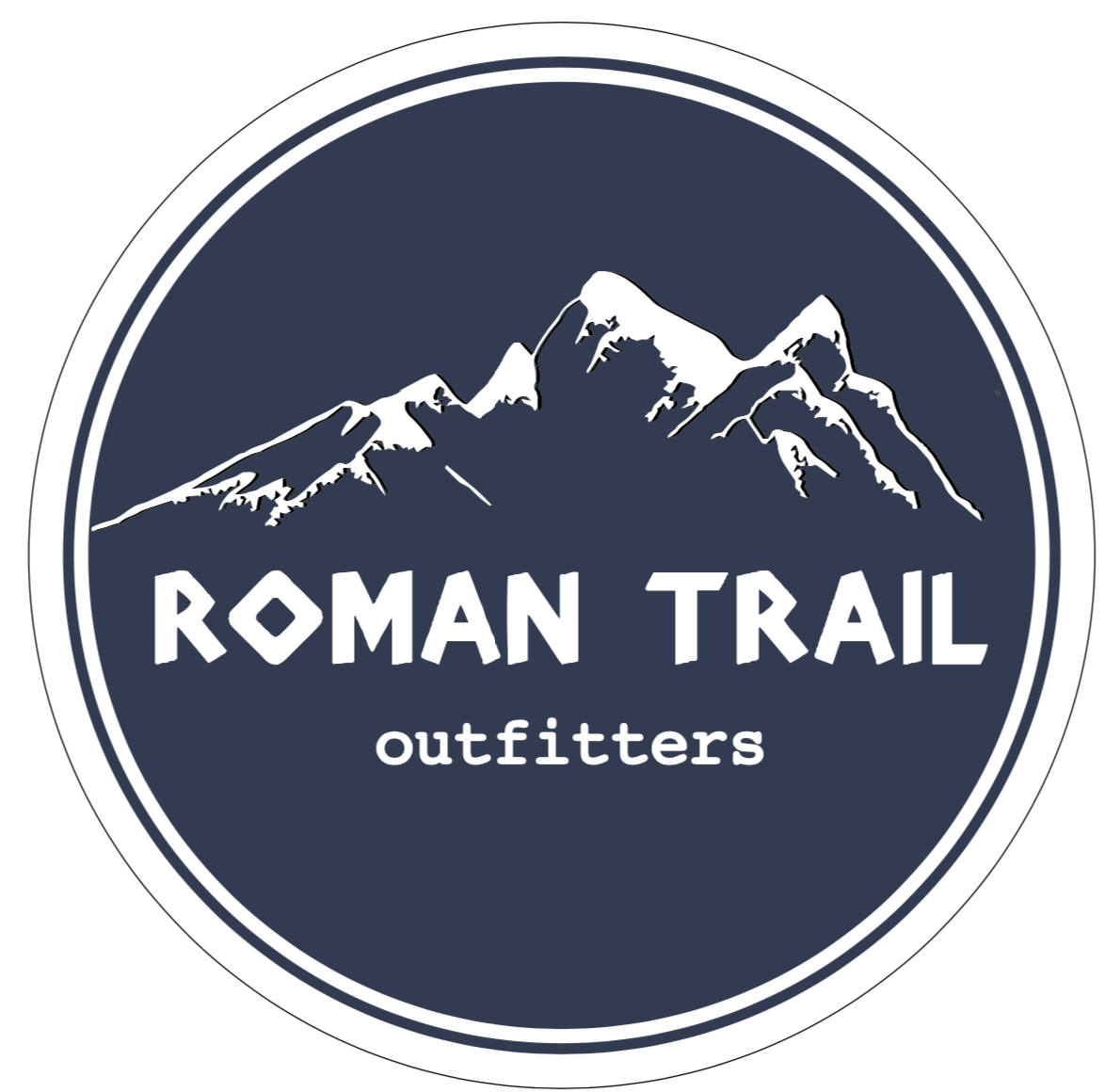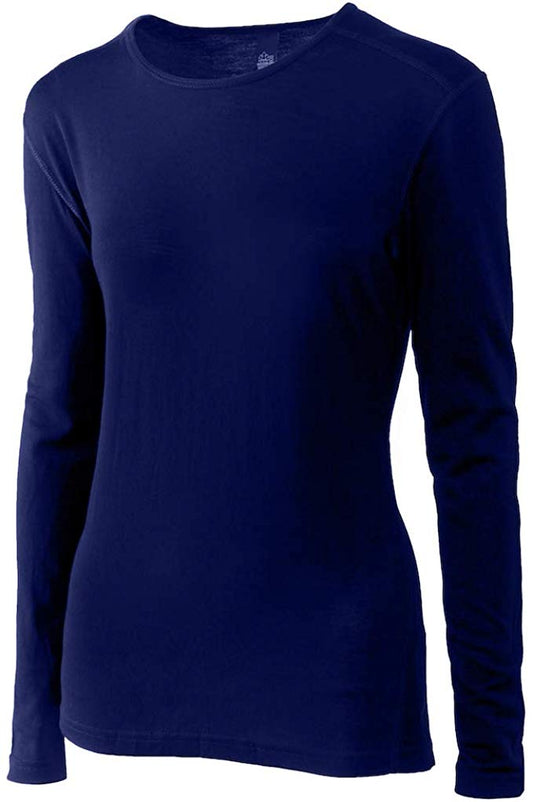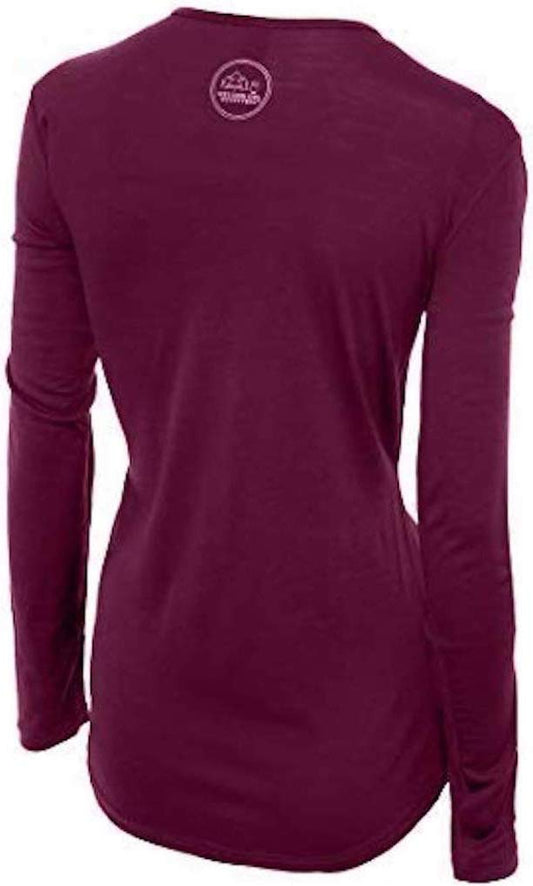As a young kid, I remember going on camping excursions with my family and grandparents. One of my favorite times of those days was in the evening, when it was time for dinner and building campfires. My grandpa was an expert at building campfires and bonfires—and he never built a “small” fire because he was a “go big or go home” kind of guy. So, every night while we camped out at Little Girl’s Point, he would build the fires to amazing proportions—at least to a ten-year old’s mind! We would use those fires for cooking food, roasting marshmallows, or just enjoying the warmth and camaraderie that was abundant on those nights. Although I do not possess many photos of those fires, I have fond memories—and some tips and tricks I picked up from him on how to build some great fires for different uses.
Check Local Fire Danger Before Making a Campfire
When building any type of fire, always remember to check your local fire danger levels and any warnings and/or restrictions. Often times when you enter a state park, county park, or any type of environment where camping is common, fire warnings are posted in a central viewing place.
In case you need a brush-up, there are five fire danger levels: green (low-risk), blue (moderate-risk), yellow (high risk), orange (high risk), and red (extreme risk).

Image Copyright to Wind River Radio Network
How to Build a Campfire
Campfires are meant to be long-burning and used for cooking or low-maintenance burns. These are easy fire to build, and they do not require a lot of prep, just a few minutes of maintenance and then you can just throw a log or two on every forty-five minutes to an hour. On an interesting side note, the way my house is heated for the majority of the winter is through a fire place—s’mores all year long!
Back to business—let’s break down the steps and materials to build a great campfire:
Step 1: Determine where you are going to be building your campfire. Most campsites have designated metal ‘rings’ that are located in a central around your specific campsite. If you do not see one of these, look for a spot where the previous occupant(s) may have hand-built their own fire-pit using rocks and other non-burning components. If you do not see either of these options, it is relatively easy to build your own. You would gather a couple dozen rocks that will vary in size (anything from the size of palm to the size of a soccer ball) and arrange them in a spherical shape. Use the smaller rocks to fill in the space made from the bigger rocks.
Step 2: Find your materials to build your fire: there are mainly three types of components that are necessary to build a fire: tinder, kindling, and logs.
Tinder is anything natural that is easily flammable, yet burns fast, quick, and hot. Dried grasses, dried leaves, hay, straw, crumpled-up paper balls, paper plates, cardboard, or even bark from trees. (if you decide to use bark to build your campfire, make sure you use bark that is on the ground, already peeled off the tree, or from dead trees. Peeling off the bark from healthy trees causes damage, takes away protecting, and the bark will start a smoky fire since it contains varying levels of moisture).
Kindling is best described small twigs or small branches (about the thickness of your fingers), or even as wood chopped into thin slices. Kindling is immensely helpful as it does not burn as quickly as tinder; but it helps starts the burn on the logs.
Logs are the bricks of your fire—once you get your fire started, it is essential you have some logs to throw on it and keep the flames licking away at the wood. It is best to purchase or find firewood from that area in which you are in, versus bringing your own. The reason for that is if you come from a couple thousand miles away, your wood lives in a different climate, region, and therefore is exposed to different elements and living creatures. Bringing your own wood increases the risk of spreading something that the native forest is not used to. Plus, buying wood where you are camping supports the locals—which is a great help!
Step Three: Since there are a several of ways to building your fire, I’ll focus just on two ways today.
How to Build a Fire Teepee
First, take a nice few, big handfuls of your choice of tinder, and place it in the middle of your firepit. The tinder needs to be a little bit dense, but make sure there is enough room within the tinder for air flow. Next, take your kindling and affix a teepee-type style from your kindling directly around and over the tinder.
After this, take your form of lighting device and light the tinder on fire. I would recommend lighting several spots of the tinder on fire and letting the flames build quicker. After the tinder and kindling is successfully on fire (this might take a few tries, but do not get discouraged!), you will see the kindling start to collapse from the burn. Once it collapses to the point where you can put a log on top of the flames, do so. And voila, you have a fire. For the first few minutes, I would recommend making sure the first log(s) burn, if it does not take right away, just add a bit more tinder and kindling around the log.
How to Build a Log-Cabin Style Campfire
For the first step in this type of fire, you would take two logs and put them parallel to each other—roughly about a foot apart. In the middle of those logs, take your tinder and place it in there. If using cardboard or paper, make sure to crumple it up—if you don’t, it will not get a good air flow and will easily burn out without starting the kindling or logs on fire.
 Side note, this fire was built in my home’s fireplace, so I was not able to get that ideal 10-12-inch margin between the two logs. I have about 6-7 inches between these two logs above.
Side note, this fire was built in my home’s fireplace, so I was not able to get that ideal 10-12-inch margin between the two logs. I have about 6-7 inches between these two logs above.
After you’ve put your two logs and tinder in the correct set-up, place kindling crossways over the logs. Use a generous amount of your kindling, as well as tinder. After that step, put one or two more logs over the top of the kindling. You can do this one of two ways: with one log placed sideways to the kindling, or two logs placed in the same direction as the kindling.
Afterwards, time to light your tinder on fire! Light it in multiple places if you can and let it burn. Some people prefer to blow on their fires while other prefer to let the flame decide what to do. Either way is perfectly fine—however, I’ve always liked to give that extra “help” to my fires.
My fire after about five minutes of burning. Both the tinder and the kindling are on fire, but not the logs at this point.

A couple of important notes to remember before you build your next fire. Always be cautious of where you are building your fire, and you want a contained fire—do not build it in a position where it can spread. Make sure that you are not sitting too close to your fire and are not wearing anything that is highly flammable. We recommend wearing Merino wool, especially our women's Merino wool base layer as it is fire resistant. You do not need to worry about it melting like synthetic fibers. Always, always, always thoroughly put out your fire after you are done with its use. I’ve read several stories of where wildfires out in California, Oregon, and other states have started because some did not completely decimate their fire, and as a result, cause millions of dollars’ worth of damage as well as endangering the local ecosystems. You can use dirt, water, rocks, or even ashes to put out your fire—just make sure it is out!





